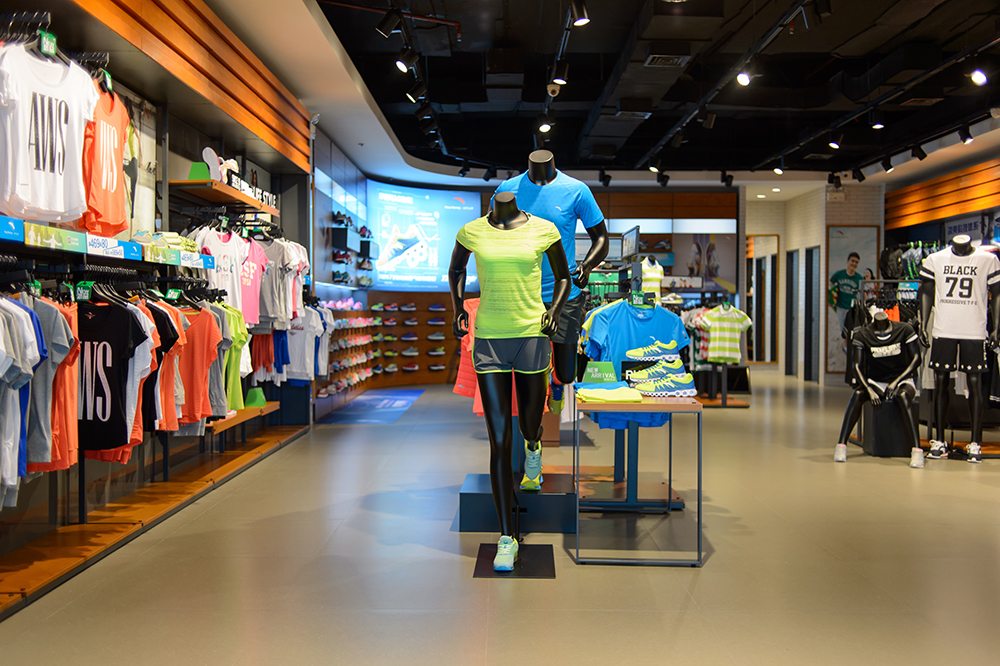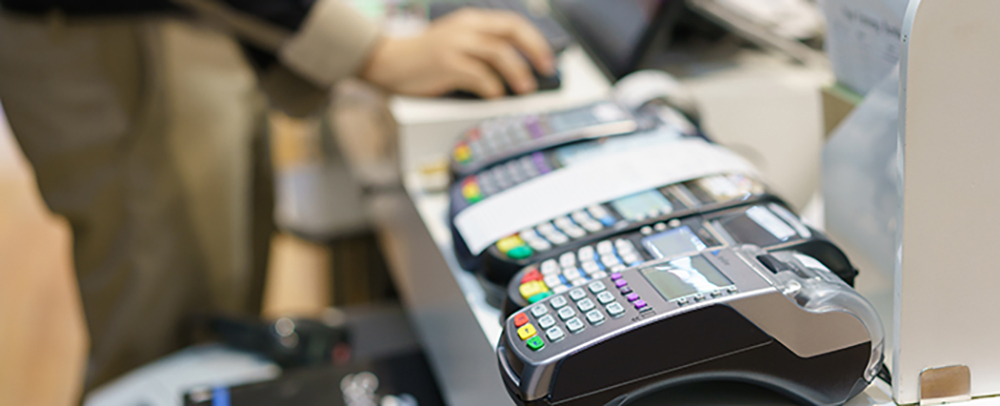The five key areas of store security

With the latest research indicating Australian retailers lose $3.37 billion annually to shoplifting, employee theft and general loss, there’s never been a better time to focus on store security.
And in today’s retail environment, protecting an outlet encompasses a series of strategies that range from stock protection on the floor right through to accountability in the supply chain.
Here’s an insight into the five key areas of store security and how you can guard against loss.
On the floor
A recent study commissioned by the Profit Protection Future Forum indicates shoplifting accounts for 57 per cent of Australian retailer’s annual losses, with stores losing $2.26 billion to light-fingered customers in 2017/18.
For retailers that means protecting items at both a product-based level and protecting the retail outlet overall should be a priority.
When it comes to protecting stock on the floor, key strategies include:
- Staff training in attentive customer service and recognising shoplifting behaviour
- Electronic article surveillance comprising antenna, security tags, and labels to guard individual items against theft
- CCTV to deter, identify, and catch thieves in the act
- Good store lighting and design to minimise out of sight areas that might facilitate theft
- Lockable displays and cabinets that safeguard high-value products
In the fitting room
Private and out of view of retail associates, the fitting room is a customer service necessity for apparel retailers which unfortunately also facilitates theft.
The fitting room is often the place where would-be thieves use innovative strategies to either tamper with or remove security tags, and as a venue that’s private by nature it presents a unique challenge in the war against theft.
Fortunately, new technology means retailers are now better armed than ever before in the fight against shoplifting, with systems like the Fitting Room Guard available to monitor security tags, identify tampering in real time and alert staff to a potential theft.
Meanwhile, in addition to technology, a further fitting room protection measure is to have staff meet and greet customers, counting items in and out.
At the POS

The Point of Sale is a retail area which can be affected by both customer fraud and employee theft, while the physical Point of Sale itself can also be a target for theft.
Securing the Point of Sale involves ensuring mobile components of the POS, like tablets or barcode scanners are secured to the countertop, while the POS itself is monitored via CCTV.
CCTV monitoring helps deter cash theft, fraud, and dishonest employee behaviour.
Meanwhile, analytics can also be employed to identify fraudulent transactions like gift card fraud, under-ringing, and false returns.
In the storeroom
The Australia and New Zealand Retail Crime Survey recently found dishonest employees account for 22 per cent of retail loss. In addition to dishonest behaviour occurring at the POS, it is also most likely to occur in the storeroom where staff have direct access to products.
Like most areas of theft prevention, protecting the storeroom or warehouse area requires multiple strategies.
These include · Securing high-value stock in lockable drawers and using smart keys to track staff access
- Proper order reconciliation and stock taking
- CCTV
- Advanced tools like RFID, which track the location of items
In the supply chain
Whether it’s error, vendor fraud or theft, the supply chain also presents a challenging arena for retailors looking to stem loss.
Identifying and protecting the supply chain involves simple strategies like order reconciliation and stock counting, while recent research has also indicated the value of technology in ensuring accuracy. Last year Auburn University found RFID can offer near perfect supply chain accuracy (99.9 per cent) compared to traditional barcode accuracy of 31 per cent.
In addition, they noted RFID-enabled systems helped retailers:
- Achieve unprecedented levels of inventory accuracy, which further assists retailers with “last item” sales opportunities, fewer markdowns, and customer loyalty (sales associates never have to say, “I don’t know if we have it.”)
- Decreased out-of-stocks and even eliminated the need for safety stocks or over-ordering of inventory to meet demand.
- Improved loss detection with increased visibility and knowing exactly what is on hand and what has been sold.
- Expedited the costly returns process by being able to trace products at the item level. You can learn more about the loss prevention strategies available to improve store security here.